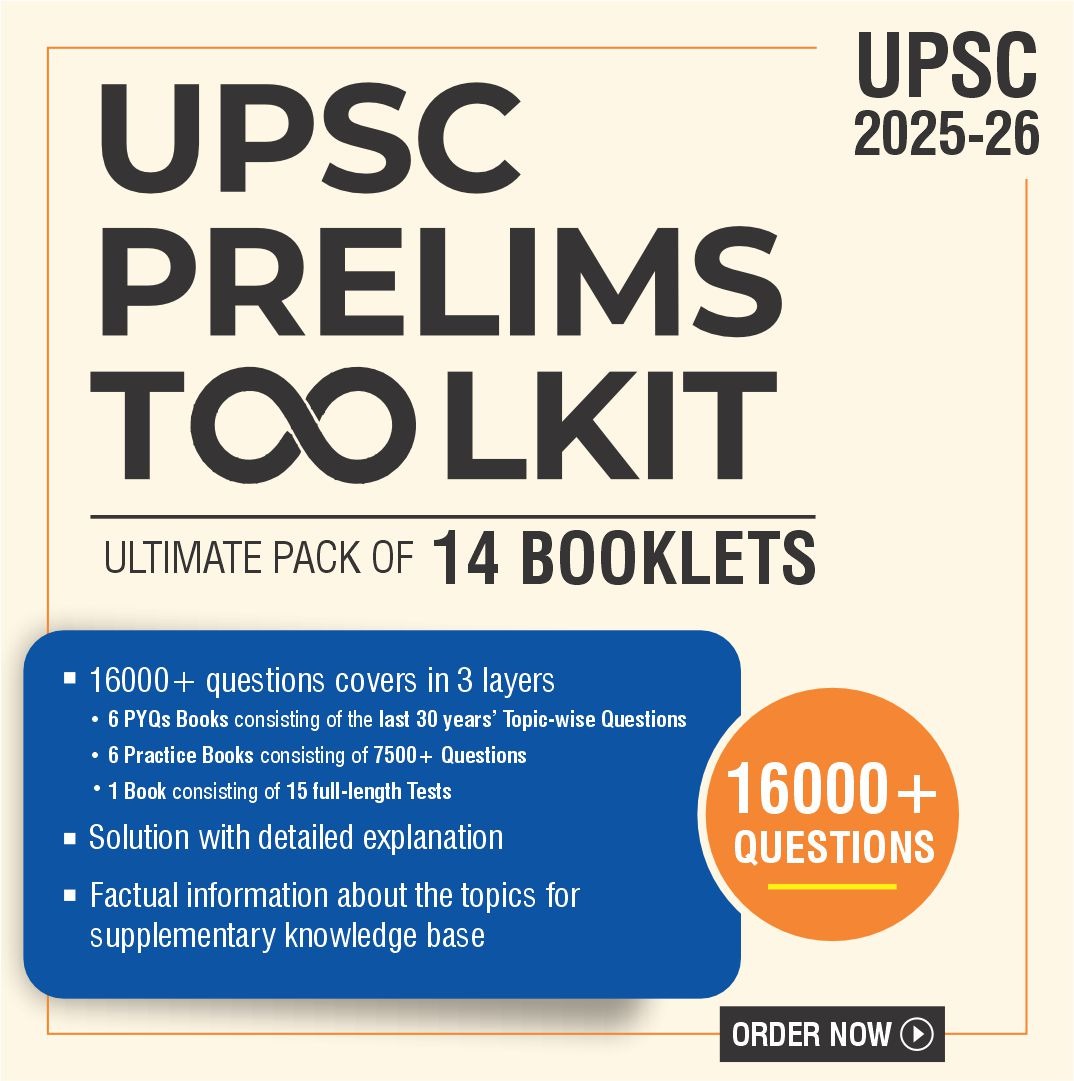Pre-cum-Mains GS Foundation Program for UPSC 2026 | Starting from 5th Dec. 2024 Click Here for more information
Contents
Source: This post on regulatory environment of India has been created based on the article “When the regulated become the regulator” published in Business Standard on 26th October 2023.
UPSC Syllabus Topic: GS Paper 2 Indian Polity — Statutory, regulatory, and various quasi-judicial bodies.
News: This article discusses the issues with the regulatory environment of India. It also suggests reforms in the public consultation process to tackle these challenges.
Recently, Securities and Exchange Board of India (SEBI) invited suggestions from the public for a comprehensive review of its regulations.
Several other regulators have also initiated similar exercises involving a comprehensive review of existing regulations, in line with the government’s proposal in the Union Budget for 2023-24.
What are the issues with regulations?
1) Difficult task to ensure the right quality and quantity of regulations.
2) A regulator is accused of lacking democratic legitimacy.
3) Regulations stay in the legal framework once enacted, even if outdated or leading to unnecessary costs.
What should be done by regulators to ensure ease of doing business?
1) Engaging with the public: Every regulator should engage with the public to both formulate new regulations and review existing ones.
3) Releasing of draft regulations: Drafts of proposed regulations must be released to invite suggestions.
4) Periodic review: Periodically review existing regulations to ease the compliance burden.
4) Universal application: These principles should also apply to subsidiary directions (such as orders, circulars, guidelines, etc.).
5) Remove outdated regulations: Regulations should be made contemporary and in tune with the requirements of dynamic businesses.
What is the need for public consultations?
In 2016, the Supreme Court exhorted Parliament to mandate consultation with stakeholders for making laws and regulations. It has the following advantages:
1) Bridges democratic deficit: Public consultations help to bridge the democratic deficit of regulators.
2) Raises awareness among the public: Public consultation enables the regulated to know the rationale and implications of regulations.
3) Large number of solutions can be offered by the people: The regulated have first-hand experience of the market, and they can offer a wide range of practical solutions.
What are the limitations of public consultations?
1) Not conducted periodically: A public consultation is meaningful only if it is done periodically and when a comprehensive picture of regulations and their intended objectives is presented.
2) Technology not utilized: It is efficient if it uses technology which is currently not being utilized substantially.
3) Passive participation of the public: Public consultation is passive participation, as stakeholders limit their comments to what is asked, and have a short timeframe to formulate their views.
What should be done?
1) Providing opportunity to the regulated: The regulated must be given an opportunity to ask for/suggest new regulations and changes in existing regulations at their convenience.
2) Periodic examination of proposals: The regulator should periodically examine proposals coming from stakeholders and publicly comment on those proposals.
3) Incorporating proposals in regulations: It should take forward the proposals it considers useful for making regulations, following due process.
Question for practice:
A comprehensive public consultation framework can augment the Indian regulatory structure. Discuss.
Discover more from Free UPSC IAS Preparation For Aspirants
Subscribe to get the latest posts sent to your email.





